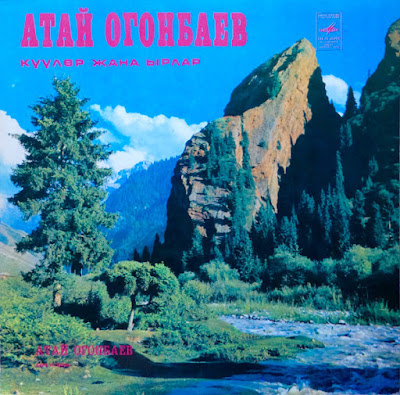MAGYARNEMEGYEI HANGSZERES NÉPZENE
VÁLOGATÁS KONKOLY ELEMÉR GYŰJTEMÉNYBŐL
----------
INSTRUMENTAL FOLK MUSIC FROM MAGYARNEMEGYE
SELECTION FROM THE ELEMÉR KONKOLY COLLECTION
ETNOFON, 1993, ED-MK 001
Etnofon is a very interesting label founded in 1992 immediately after the fall of the fall of the communist regime. Most of the albums are CDs but some were issued as cassettes only and never released on CD. Elemér Konkoly is a musician who was part of the Hungarian revivalism in the 70s as well as a musicologist who worked in the field. This cassette is the result of his work on the village of Magyarnemegye. There he met a local gypsy band and brought it to Budapest for a studio recording. The notes in Hungarian and English are short but give enough information about the general context.
For some people this would be just another recording among a huge amount of albums of traditional Hungarian-Transylvanian music but the aficionados would probably enjoy it as it should be.














